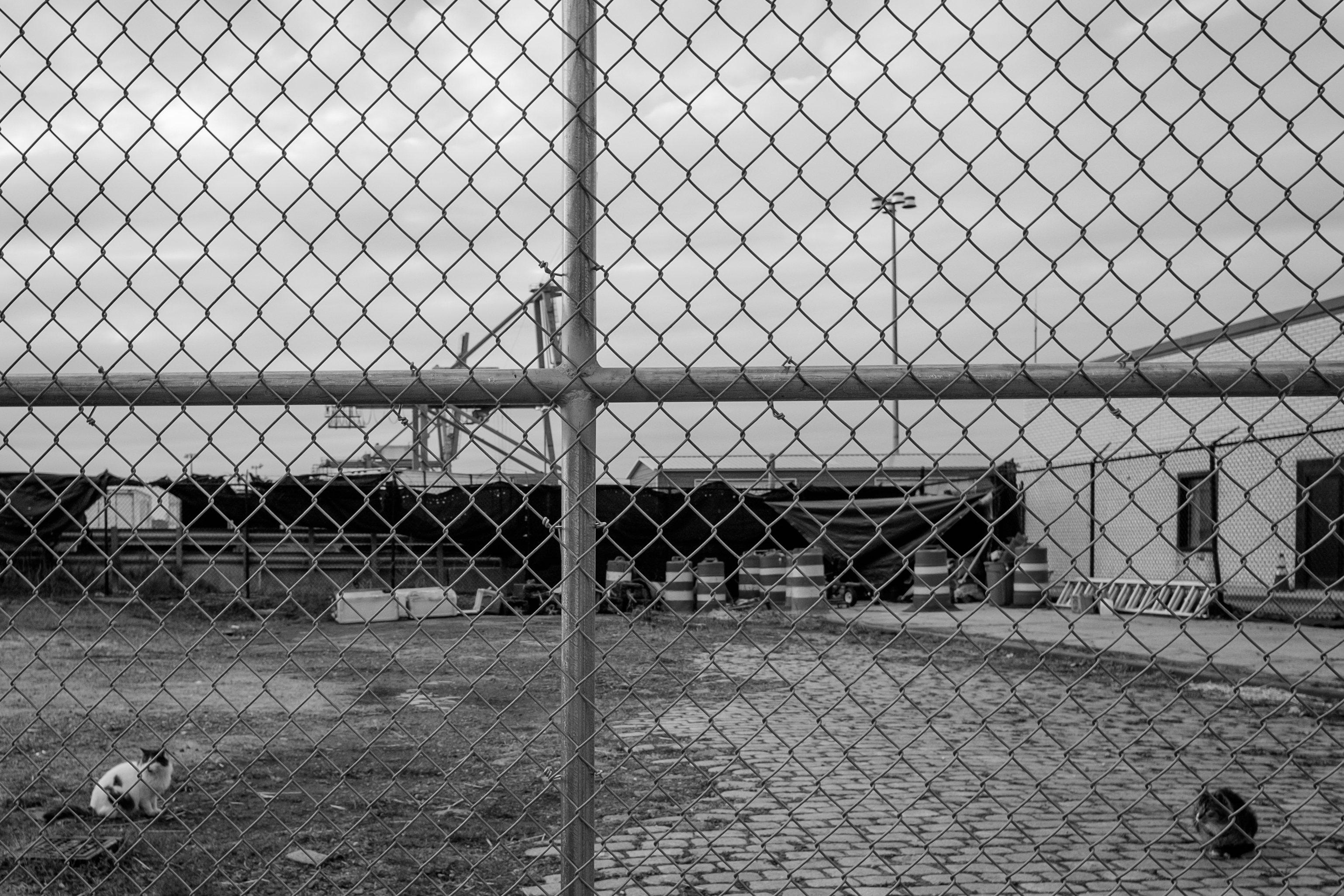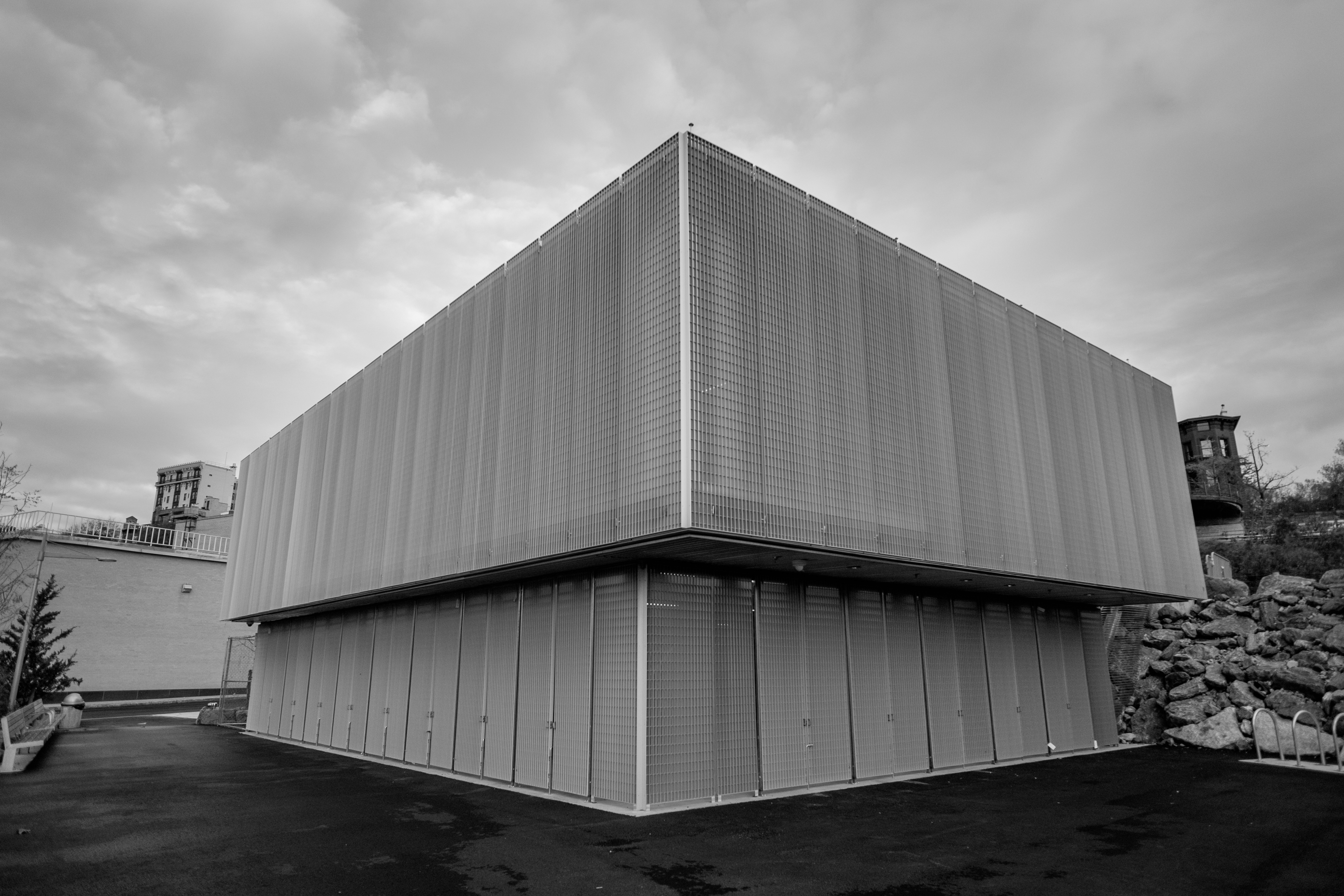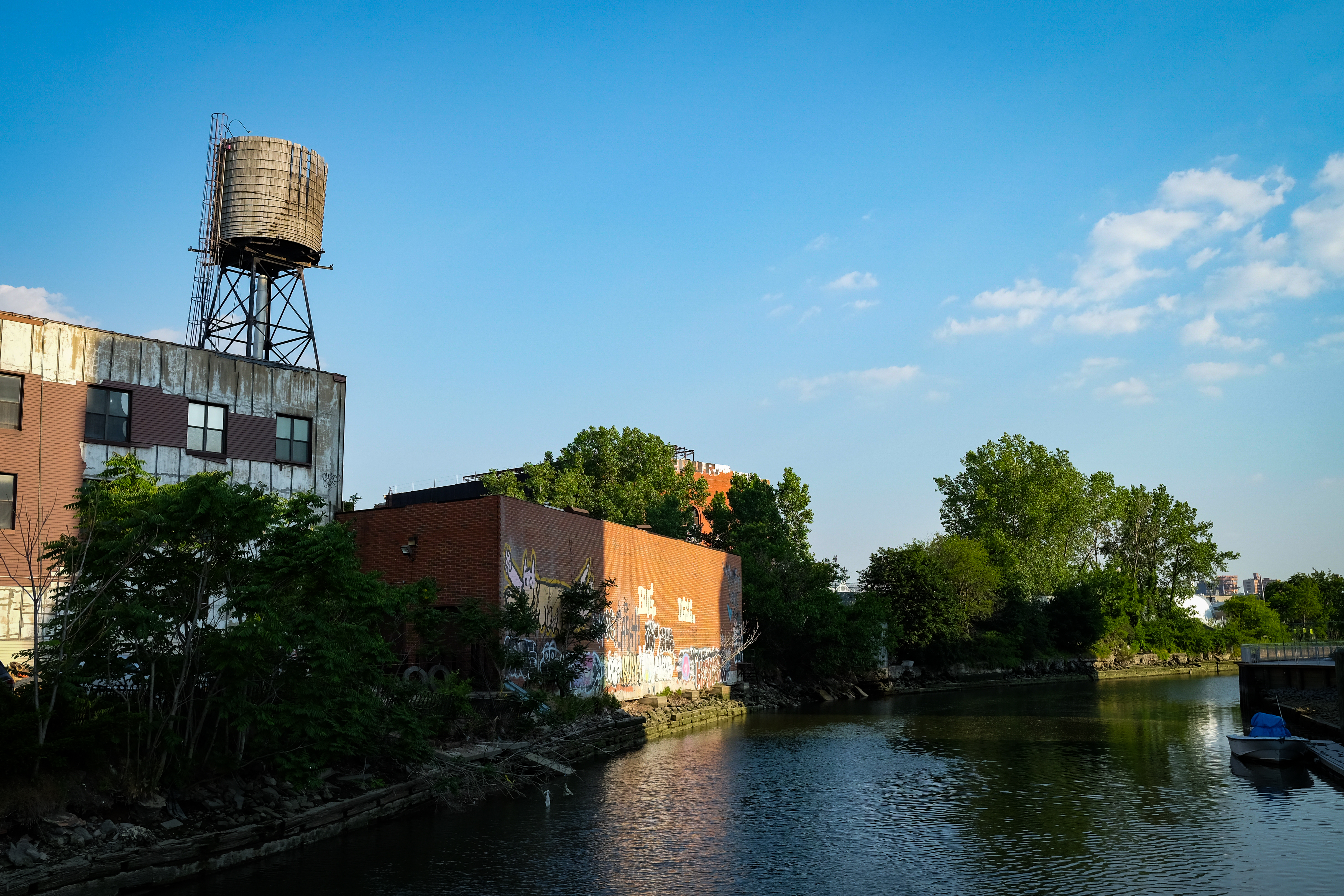
[click the photo to enlarge]
Zach Barocas, Diasporist Diarist

[click the photo to enlarge]

[click the photo to enlarge]
My most recent trip to Los Angeles finally yielded a visit to the Watts Towers. I’m not sure what I expected to see but the effect of the towers rising, as their designer and builder Simon Rodia put it, “up to the sun,” was both breathtaking and calming. There, in the middle of a tidy, residential area, is the Watts Towers Arts Center, home to the single city block environed by the towers and their relevant structures, as well as a museum of contemporary art, a handfull of faded but still compelling murals, and some freestanding sculpture. It is a celebration of the neighborhood, the vibrancy of Watts, a full embrace of its past, and full advocacy of its present and future. There are artist residencies and music festivals, and jazz education and mentorship for emerging and developing youth musicians, but above all are the towers, Nuestro Pueblo.
[A note about the photos: I opted to develop the photos of the towers in black and white because my color versions were overwhelmed by the late-morning sunlight. The same light, of course, served ground-level photography quite well, making it possible to capture the brilliance and array of colors and textures that make up the rest of the work.]
My band, BELLS≥, recorded the first of our North American Spirituals this past weekend at the Magpie Cage in Baltimore. The piece is called “The First Ray.” We debuted it last year on tour, and although we’ve kept the overall structure intact from that version, there have been some significant changes that we hope familiar listeners will enjoy.
Among these changes is J. Robbins joining us on bass. We were all quite pleased working together on Solutions, Silence, and Affirmations and it seemed a natural move for us to include him on this and future recordings. We look forward to his contributions to the remaining Spirituals as we move towards composing and recording the entire cycle.
I was recently in my hometown for my high school reunion. I’ve never attended a reunion, in part because my attendance at high school in the first place was not very consistent, and in part because I never finished high school anyway, and in part because I thought of myself as either someone who didn’t need to attend a reunion or someone who might not be entirely welcome at such an event.
As it happens, however, I had a wonderful time. I enjoyed speaking to each of my friends and former classmates, whether at length or briefly, and hearing from them how the years have been, how adulthood has been, about their families, their work, their other interests, some of which remain from early in their lives.
Many of us have kept each other abreast via Facebook but not all of us, and the chance to catch up with those who reserve their social activity for less questionable platforms and whose lives are no less full for it was, in this case, unusual and inspiring. It’s easy to assume that the affect and effect of high school strata and adolescent turmoil can still reach us in our middle age, just as it’s easy to assume that Facebook is the only way to stay in touch anymore: in both assumptions we sell ourselves short, cut ourselves off from a freer, less mediated, and more satisfying exchange.
It was a joy to see firsthand the enthusiasm we maintain for each other for a single reason, a single association that endures precisely because it culminated at the commencement of our adulthood. Here are a handful of photos from the site of those parallel adolescences, that culmination.
However much the neighborhood has changed —and in its way suffered— with the last decade of gentrification, I still have a handful of favorites on the Lower East Side, relative newcomers CW Pencil Enterprise and Russ & Daughters Café, and stalwarts Economy Candy, and Katz’s Delicatessen among them.
But this handful of photos takes passing stock of some in-between stuff, things seen en route from one stop to another.
I was in Colorado last week for a family event and took these pictures in the course of a hike into a very small portion of Rocky Mountain National Park. What appealed to me about these subjects was the disarray, the contrast between cleared and nearly-uniform wooded areas and meadows, and the invasive presence of the root balls and fallen trees that previously contributed to that order. Each of these photos presents a sort of sore thumb.
If it can be said that there is an argument between the dead or fallen —the disrupted— plant lives displayed here and those that flourish, it follows that one aspect of the fight is the stubborn, gnarled refusal of the former trees to move on: rather than decompose, they opt to dry out and stay put.
Time, it seems,
forgives, if not redeems.
This group of photos was taken midday last Saturday during the Dew NBA event at the basketball courts on Pier 2 in Brooklyn Bridge Park. The general sense of activity was rather loose when I happened by, and although there was play on each court, it appeared to be entirely unsupervised, so I couldn’t tell if it was part of the event or not. Maybe I showed up between rounds and these guys were playing pickup to fill the time.

I’m not aware of another city that has our quotidian relationship with handball courts. Anyone familiar with New York City’s park system recognizes these walls with unattended indifference. Should the walls, on the other hand, appear unused and mysteriously erect and their purpose unclear, it takes only a quick query to a local to learn that they’re for handball. Like eating pizza while walking or scaffold pull-ups, handball is a not infrequently-occurring phenomenon here in New York.

A stroll on either side of the Gowanus Canal, or more likely criss-crossing the few east-west bridges from Smith or Bond Street to Second Avenue or Nevins Street, reveals a more diverse area than one might think. There are several new residential builds on the east banks, so-called luxury buildings with ample parking and common areas for their residents; handfuls of older houses, mostly two- or three-story residential buildings, some single-family, some like the vinyl-sided homes one might see in Williamsburg but perhaps not as tidy; some storefronts and light commercial properties converted or adapted into restaurants, bars, or possibly-fugitive living spaces. There are also the industrial properties that have largely defined the area, less for the landscape they create than for their contribution to the frighteningly toxic sediment in the canal bed.
And yet, at certain times of day, it appears nearly bucolic, run down in the familiar way of obselescence and a kind of attending nostalgia.